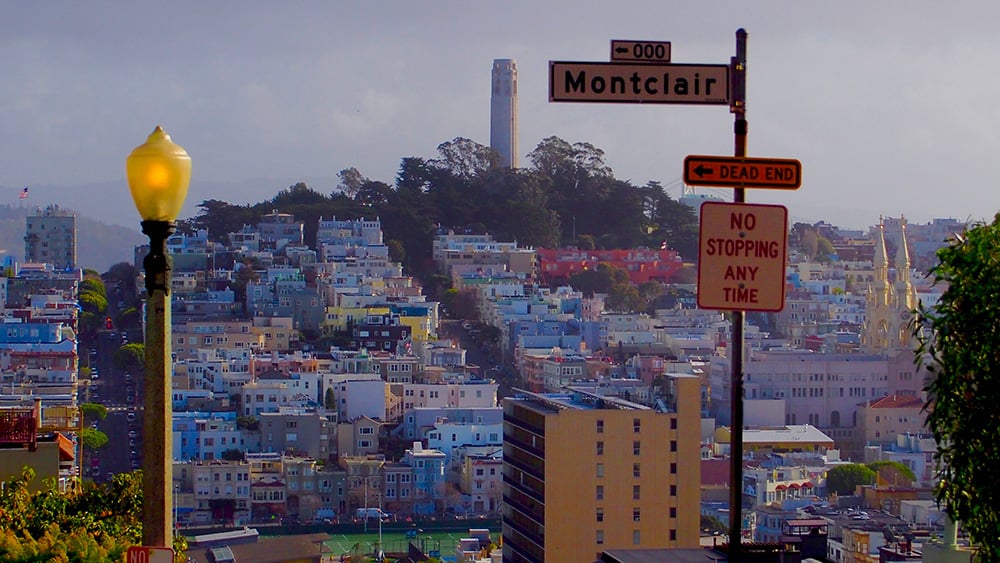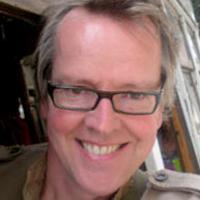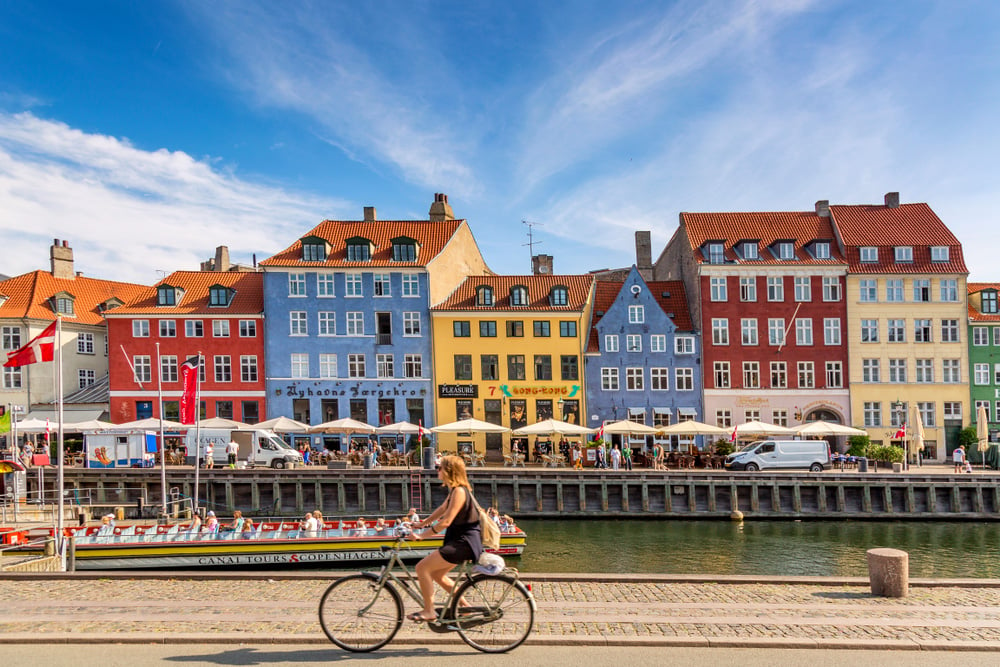People travel in different ways. I am a walker. Decades ago, my earliest solo trips were usually to San Francisco — I would spend all the day traipsing uphill and down, exploring its length and breadth, poking my nose into this or that dead end or hidden corner, trusting to serendipity to uncover the secrets of the city. That basic shoe-leather approach has remained my preferred mode of tourism in cities around the world.
In later years, watching the crowded tour buses trundling through Rome or even the massive cruise ships at Vancouver’s Canada Place, I often thought myself a freak, an outlier in a world of guided tours and mass tourism.
But even before COVID-19 hit the industry like an asteroid, a rethink was underway. Over-tourism had caused communities to consider what they wanted in a healthy tourist industry, including just whom they wished to attract. What does it mean to be a good tourist? How does a good tourist behave? What does a city, town or destination do to encourage good behaviour?
An organization called Wonderful Copenhagen set out to define the ideal traveller, a magical being they called the “Mindful Tourist.” As part of a larger tourism initiative called 10X Copenhagen, they sought first of all to identify what qualities make for a good visitor, and secondly to find out how many of them there are.
There were three categories, broadly defined as economically, environmentally and socially sustainable behaviour. To qualify as a “mindful tourist,” a visitor needed to prioritize environmental protection, spend money with an eye to supporting local business and interacting with local residents, adhere to local norms and attempt to move beyond typical tourist sites to explore less-trafficked areas of the city. Over 4,500 visitors were surveyed to determine how many fit roughly within those parameters. Their finding: the “mindful tourists” represented about 13 per cent of the total, or roughly one in eight.
Among the fascinating elements of the Copenhagen study was the difference between visitors’ expectation and reality. The study separated first-time and repeat visitors and found first-time visitors were drawn by the prospect of seeing the usual highlights — famous attractions, castles, historic churches. But when those who had been to Copenhagen before were asked about the city’s main selling points, they cited its widespread bicycle culture, canals, and the small, manageable size of the city. (Bicycles scored 40 per cent higher than any other element of Copenhagen life for return visitors.) So the repeat travellers were returning not for what they had initially seen in the brochures, but for the experience of Copenhagen life they had discovered at ground level.
It’s a revelation that speaks to me. For years I have felt almost sheepish about a secret dream I have nurtured while walking through cities like Bangkok, Rome and San Francisco. I have always wanted to be more than just a visitor. I have wanted to meet people, make friends and find out what it would be like to live there. I have wanted, in some small way, to belong.
“Tourists don’t return to be tourists,” says Greg Oates, vice-president of travel consulting firm MMGY NextFactor. “They return because they want to be part of the community. They identify with that community. That’s how you drive loyalty, by saying, ‘This is what we are about as a community and we want you to be part of it.’”
“San Francisco is a good example,” Oates says. “They’ve been very intentional about selling the city as a network of neighbourhoods.” Sure, everyone takes an iconic photo of the Golden Gate bridge, Oates suggests, but individual travellers will bring home stories from the Castro or North Beach. “We want to patronize the places that we identify with.”

Aligning with a neighbourhood has more to do with the locals than the buildings they live in.
“For 20 years we’ve been selling experiences,” Oates says. “But there’s been this commoditization of experiences. Everyone has a craft beer trail, everyone has an art walk, a lot of similar things. So how can we start, not so much selling the experiences, but selling or promoting the people behind the experiences, that creativity, that innovation, and those networks?”
San Francisco Travel has created an “I Am San Francisco” campaign, spotlighting local residents such as Pakistani-born Canadian Ayman Nadeem, a part-time rapper and coder at the San Francisco office of Dropbox. “This person has nothing to do with tourism but they’re profiling her,” Oates says. “It’s about communicating the values of that community.”
Portland has always been at the forefront of the new focus on people rather than attractions. “We’re not going to focus on farm to table or sustainability or bike-ability,” Travel Portland CEO Jeff Miller said recently. “We did that 20 years ago. Now everyone’s doing that. So what’s next? We think it’s our ‘maker’ culture that’s going to continue to differentiate us.” Places like Shwood Eyewear, selling handmade bamboo sunglasses, and Junk to Funk Trashion Collective, making fashion from recycled trash, are key to Portland’s identity.
“If you go to most tourism websites, that is rarely being communicated,” Oates says. “Coming out of this crisis there’s going to be more focus on driving business to the individual entrepreneur who is contributing to their community.” ![]()
Read more: Travel

















Tyee Commenting Guidelines
Comments that violate guidelines risk being deleted, and violations may result in a temporary or permanent user ban. Maintain the spirit of good conversation to stay in the discussion.
*Please note The Tyee is not a forum for spreading misinformation about COVID-19, denying its existence or minimizing its risk to public health.
Do:
Do not: